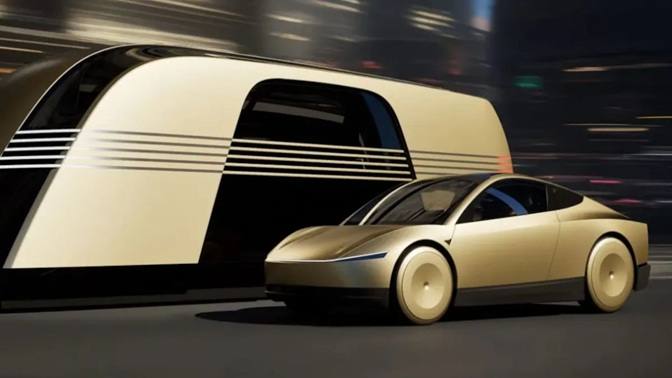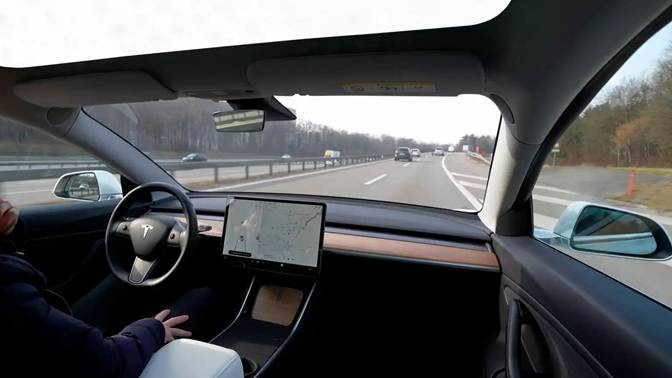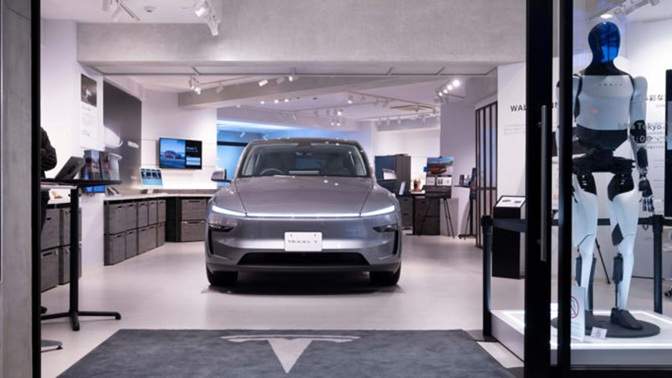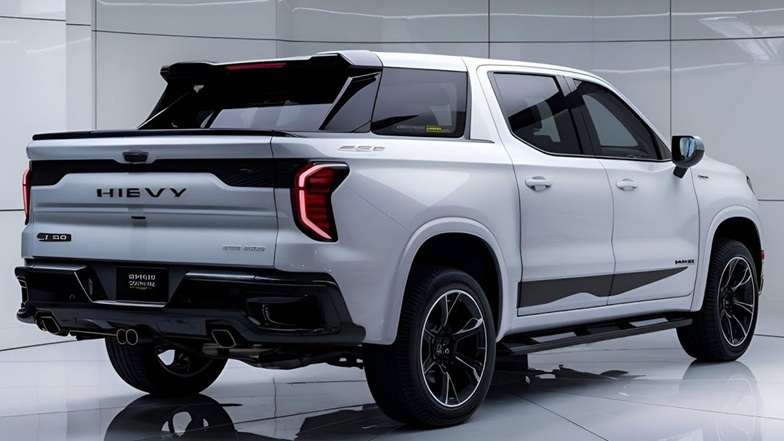Tesla ambitious push into the world of self-driving robotaxis has hit a regulatory speed bump. The National Highway Traffic Safety Administration (NHTSA) has formally reached out to Tesla with a detailed list of questions about its Full Self-Driving (Supervised) technology and the upcoming robotaxi rollout. At the heart of the inquiry? Safety concerns, unclear technology classifications, and performance in challenging weather. Let’s break down what this means for Tesla, and why it matters to drivers, regulators, and the future of autonomous vehicles.

Federal safety officials want to understand how Tesla’s FSD (Full Self-Driving) Supervised system works—particularly when the weather takes a turn for the worse.
The NHTSA’s questions focus on how Tesla’s system behaves under adverse conditions such as:
- Rain
- Fog
- Dust
- Snow
- Bright sunlight or glare
This is a crucial issue, especially since Tesla’s FSD relies on camera-based vision to interpret the road ahead. Unlike some autonomous vehicle systems that use LiDAR or radar to enhance visibility in poor conditions, Tesla has leaned heavily into a “vision-only” approach. That has drawn criticism and concern from experts, who question how well the system can function when the cameras are obscured or visibility is compromised.
Still Not Fully Autonomous
Despite the name Full Self-Driving, Tesla’s system isn’t actually “full” or autonomous yet. In fact, the current FSD Supervised system is classified as a Level 2 system under the Society of Automotive Engineers (SAE) automation scale.
Quick overview of SAE levels:
- Level 2: The car can control steering and acceleration/deceleration, but the driver must remain fully engaged at all times.
- Level 3 or higher: The car can make decisions and drive itself without constant human supervision in certain conditions.
Tesla’s vehicles still require hands on the wheel and a driver ready to intervene. So while it’s advanced driver assistance, it’s not yet true autonomy.
That’s part of why the NHTSA is asking Tesla to clarify what level of autonomy it believes its robotaxi service is targeting—and what hardware/software will make it possible.

According to reports (first surfaced by Reuters), the federal safety agency is seeking detailed answers on several fronts, including:
- How Tesla monitors disengagements—that is, when the self-driving system hands control back to the human driver.
- How often disengagements or interventions happen, and under what circumstances.
- What safety procedures are in place for emergencies or unexpected road conditions.
- What updates are planned for both hardware and software as Tesla moves toward launching unsupervised robotaxis.
This inquiry isn’t just a routine check-up—it’s part of a broader investigation into Tesla’s FSD Supervised system, which began back in October following a series of crashes in low-visibility conditions.
Last month, Tesla posted on social media (via its X account) that its early-access robotaxi service is already live in select cities, including Austin, Texas, and the San Francisco Bay Area. So far, the program is limited to Tesla employees only and uses Model Y vehicles—not the futuristic, steering-wheel-free Cybercab that Tesla teased last year. Each car is equipped with a safety driver who can take over if needed.
Tesla says the service has completed:
- Over 1,500 trips
- More than 15,000 miles of testing
The company also notes that this trial run helps them fine-tune several key aspects, including:
- The FSD software networks
- Remote support systems
- Vehicle scheduling and mission control tools
- The Tesla mobile app interface for ride-hailing
While the current version is “supervised,” Tesla CEO Elon Musk has hinted that the eventual goal is to release an “unsupervised” version of the FSD system—essentially taking the human out of the loop altogether.
The NHTSA’s investigation and long list of technical questions highlight just how serious regulators are about ensuring safety before innovation. While Tesla is undoubtedly a leader in pushing the boundaries of what’s possible with driver assistance technology, real-world conditions remain unpredictable and complex.
Launching a robotaxi service isn’t just about clever software—it’s about guaranteeing that vehicles can handle rain-slicked roads, blinding sun, or a sudden snowstorm without endangering passengers or pedestrians.
Tesla’s decision to test the service in a limited employee-only rollout shows some caution, but regulators clearly want more transparency before these vehicles become available to the general public.
Tesla’s vision of a driverless future is compelling. Imagine summoning a sleek, electric robotaxi with your phone, no driver needed, no emissions, and smart routing to take you anywhere. But for that vision to become reality, the system must earn the trust of regulators—and the public.
The NHTSA’s inquiry isn’t about slowing progress; it’s about making sure the technology lives up to its promises and can safely navigate the unpredictable world we live in. As Tesla continues testing, updating, and moving closer to a public robotaxi launch, all eyes will be on how they respond to these safety questions. For now, one thing is clear: the road to autonomy may be paved with innovation—but it must also be guided by responsibility.
Source- Reuters
PEOPLE WHO READ THIS, ALSO READ




